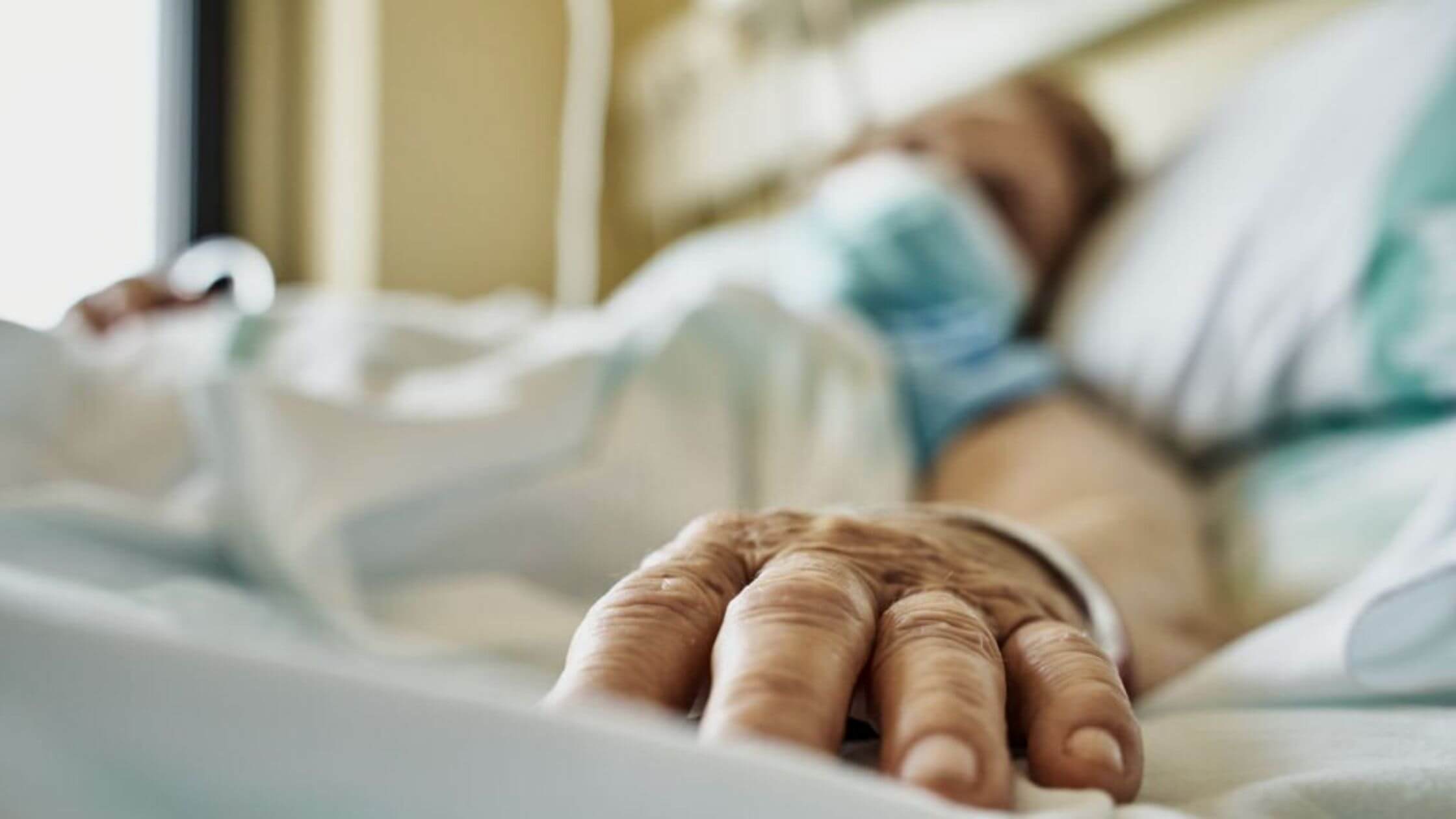Acute Muscle Loss From COVID-19 Is Associated With Less Favorable Results!
Nikki Attkisson | Last Updated : August 2, 2022Coronavirus, an infectious disease caused by the SARS-CoV-2 virus, has infected 565 million people worldwide.
After Recovery From COVID-19!
Most people diagnosed with coronavirus experience mild to average symptoms and recover without any special treatment. Only some cases become seriously ill and require medical attention. But that does not mean it is not a threat to humankind. It has killed more than 63 million people worldwide.

After all this information, we have new news related to COVID-19.
Few clinical studies provide an explanation of the consequences of low muscle mass based on a single measure of muscle area.
A recent study investigated by the new Journal of Cachexia, Sarcopenia, focussed on how sarcopenia leads to worse outcomes in both acute coronavirus disease (Covid)‐19 and post‐acute sequelae of Covid‐19 (PASC). And whether the changing rate of muscle loss is a predictive factor for death and other disease outcomes.
What is PASC?
Post-acute sequelae of Covid‐19 is the condition of persistent symptoms from which Covid-19 recovered patients suffer.
Initially, the most common symptoms reported in approximately 53-63% of patients were fatigue, muscle weakness, and dyspnoea.
Skeletal muscle-related symptoms were muscle-pain, muscle weakness, fatigue, and exercise intolerance which is most common in both COVID-19 and PASC.
Sarcopenia is a condition of skeletal muscle loss that occurs during hospitalization from an acute illness. It is associated with chronic disease and largely contributes to the illness and deaths associated with these conditions. There is less information available about acute sarcopenia in COVID-19. But the study done recently provides us with much-needed knowledge.
Details of the Study
The study took place at the Cleveland Clinic, where 75,808 patients tested Covid positive, and 12,524 were hospitalized from March 2020 to December 2020. The study authors conducted a retrospective analysis of the Cleveland Clinic COVID-19 Research Registry (CCCRR).
Researchers used many tools and instruments to quantify muscle mass, but image analysis of computed tomogram (CT) scans became the definitive approach to quantifying muscle mass.
The CT scans were selected to be the standard approach because of the high reproducibility and accuracy in measuring muscle area of the abdominal and thorax scans.
Two or more high-resolution chest CT scans were taken of 100 patients at least three days apart to measure the muscle thickness of the chest.
Alcohol consumption was also considered as it contributes to sarcopenia. Alcohol consumption dramatically increased during the pandemic, which influenced the results.
At the end of the research laboratory, test results from other clinics and demographic areas were compared.
Results
The study’s findings stated that reduction in skeletal muscle mass and strength was significantly visible in the patients admitted to the ICU with coronavirus throughout their hospital stay. After ten days, there was a 20% reduction in the thickness of the anterior compartment of quadriceps muscles and a 30% reduction in the cross‐sectional area of the rectus femoris.
Another group of the CT COVID Cohort was at an increased risk of ICU admission and mechanical ventilation more than three times but not death. Almost one in four patients in this group consumed more than five alcoholic drinks per week.
After discharge, the hospitalized patients, particularly ICU patients, required a long rehabilitation process.
It remains uncertain whether the SARS‐CoV‐2 virus results in causing muscle atrophy and weakness, whereas muscle weakness is visible in the results that it is a clinical symptom of Covid-19 patients.
Bottom line
In the well-characterized study of many hospitalized patients with acute COVID-19 and after various CT scans, acute sarcopenia was determined by standardized reductions in PM (pectoralis muscle area ) and ESM (Erector spinal muscle area) and was associated with worse clinical effects.
With over 15 years as a practicing journalist, Nikki Attkisson found herself at Powdersville Post now after working at several other publications. She is an award-winning journalist with an entrepreneurial spirit and worked as a journalist covering technology, innovation, environmental issues, politics, health etc. Nikki Attkisson has also worked on product development, content strategy, and editorial management for numerous media companies. She began her career at local news stations and worked as a reporter in national newspapers.
